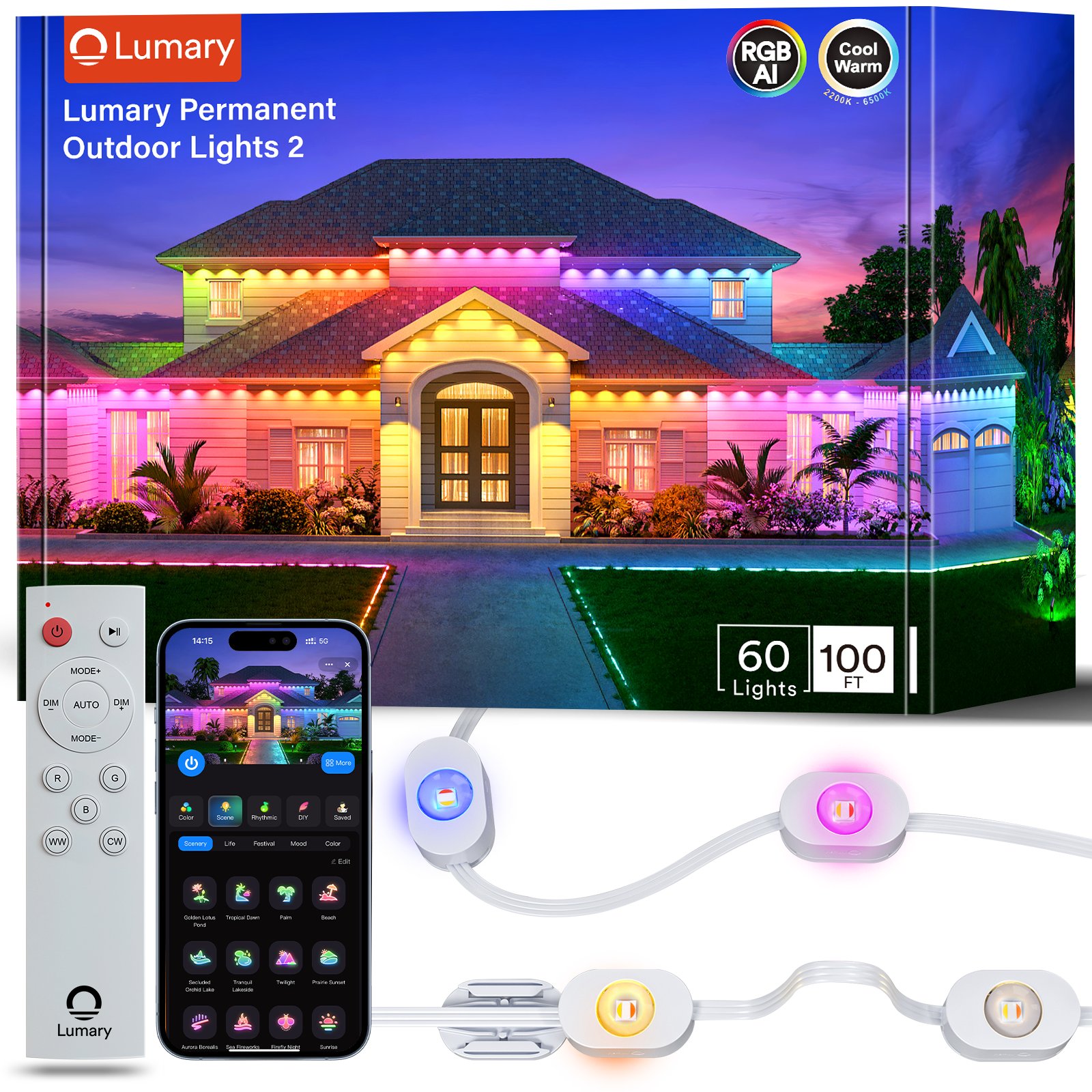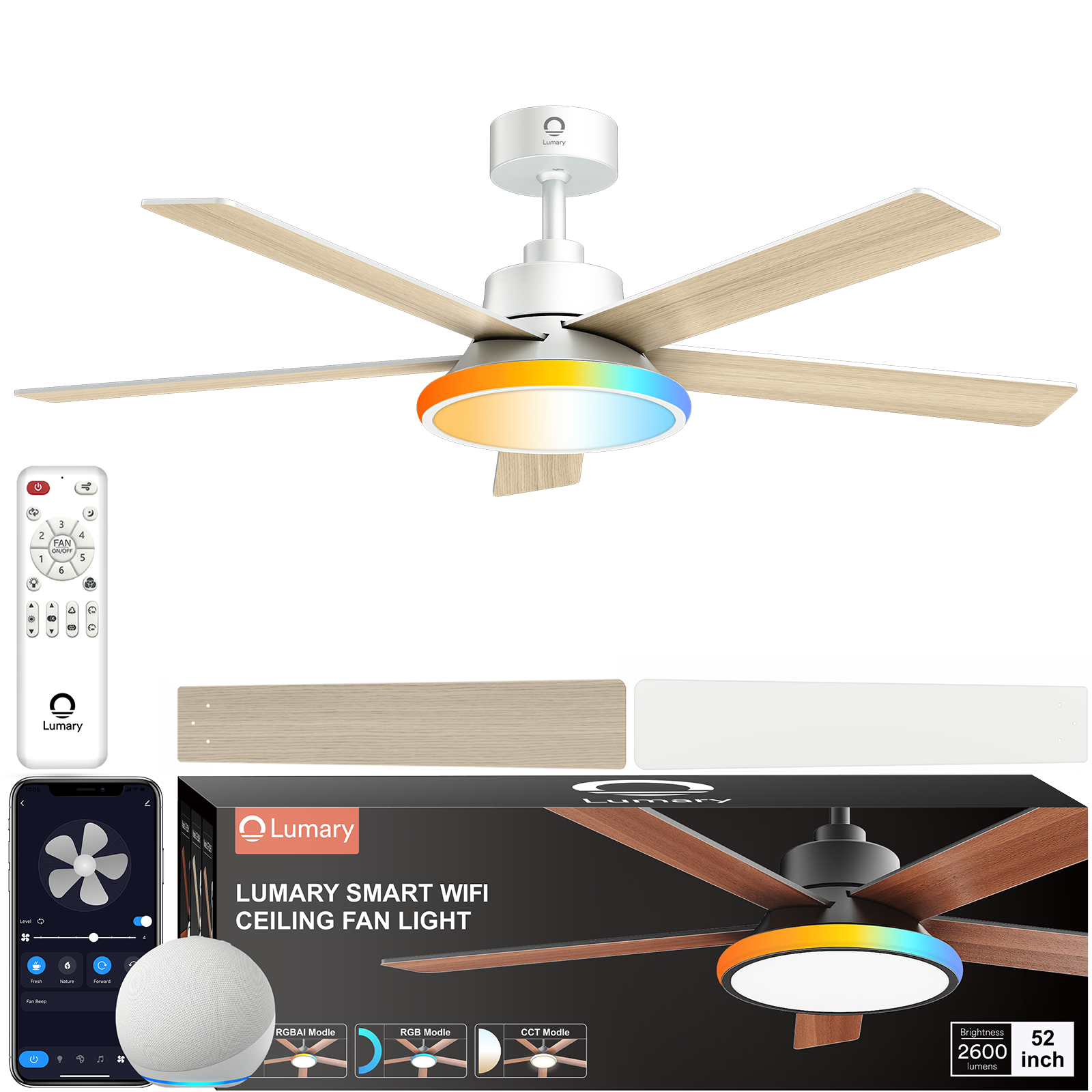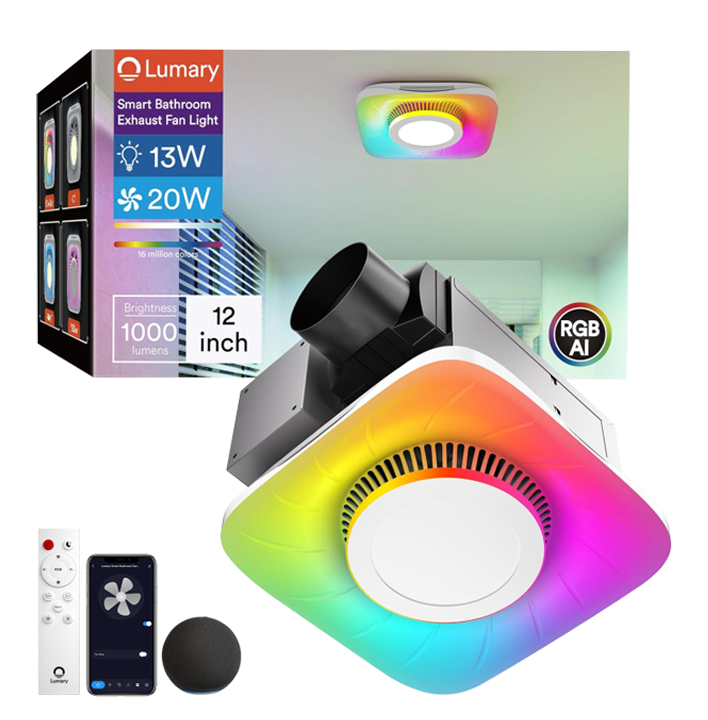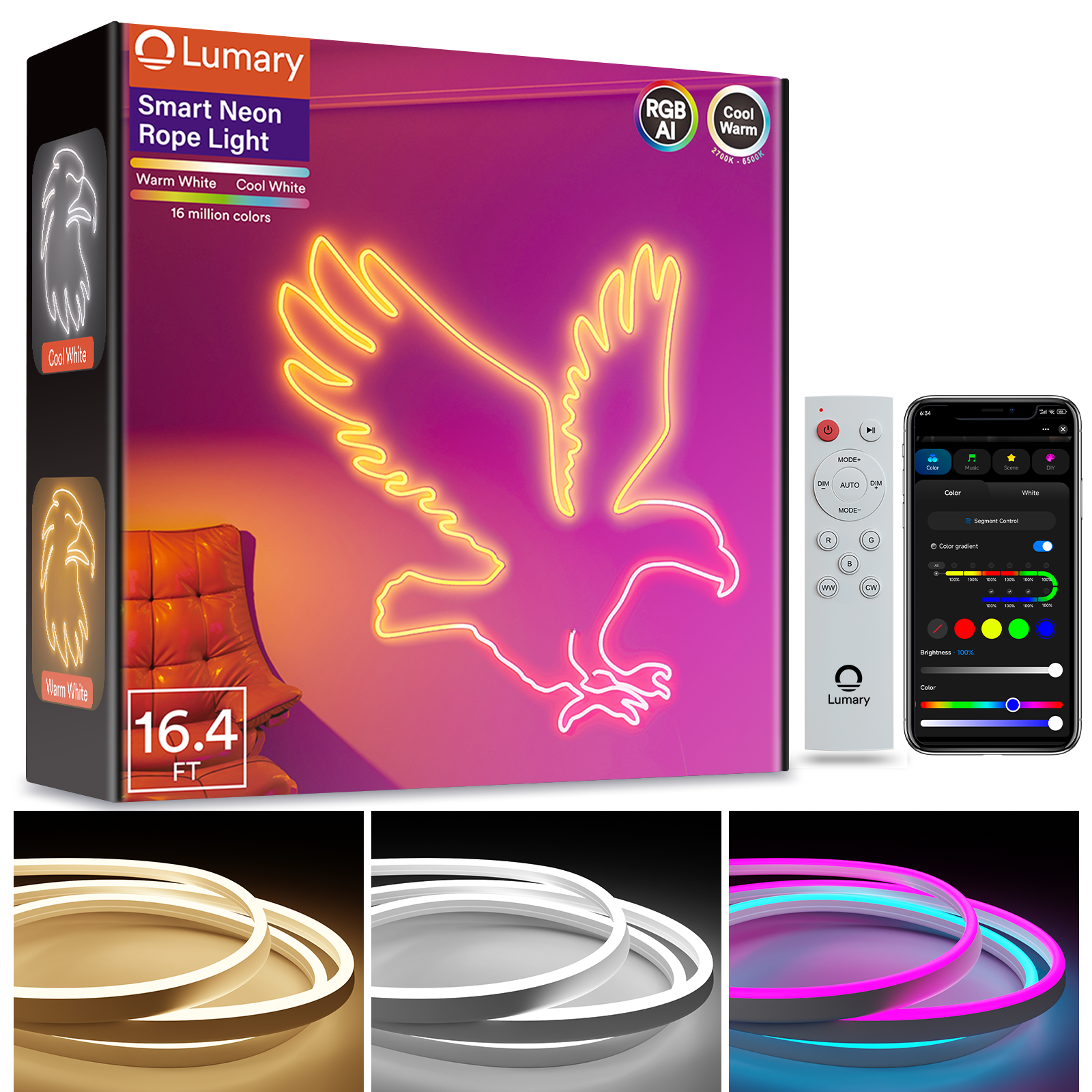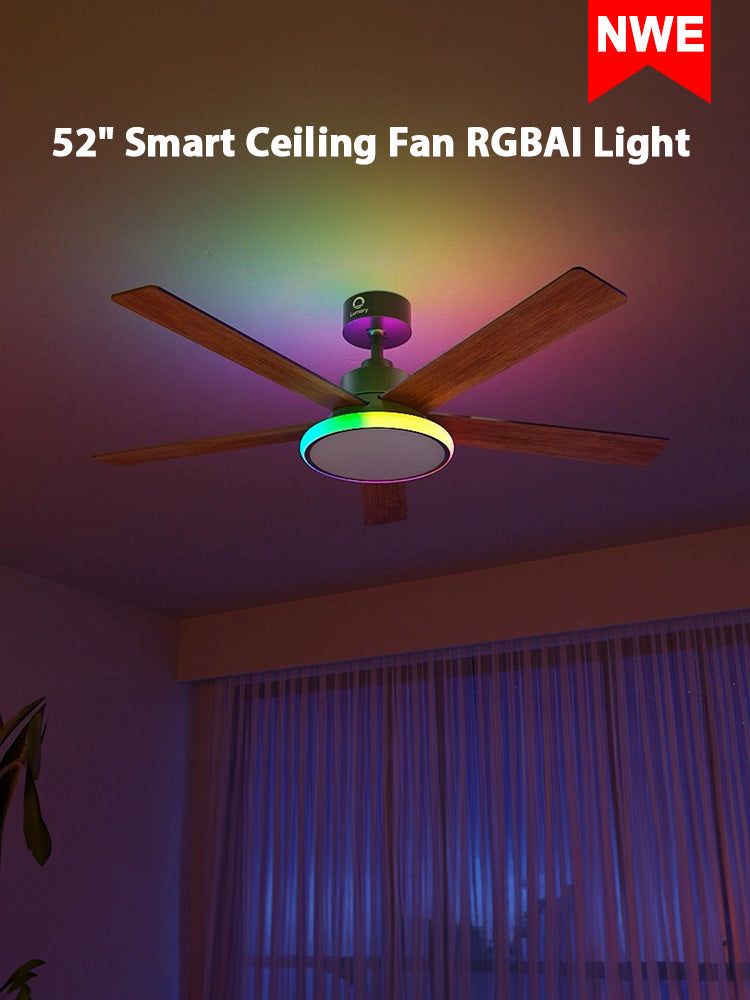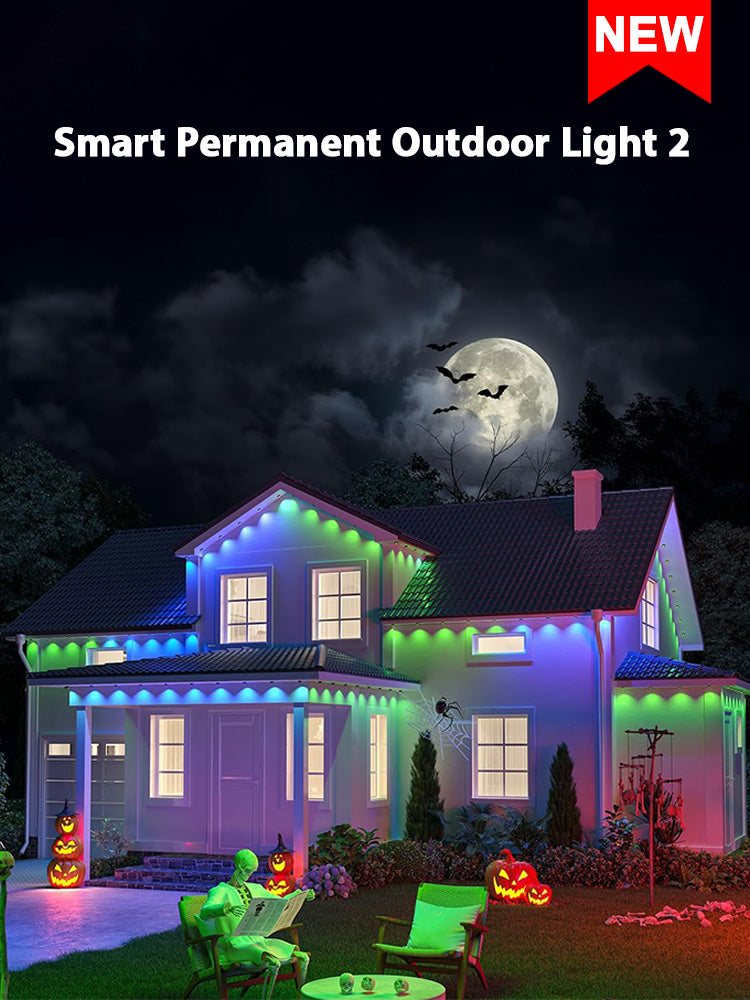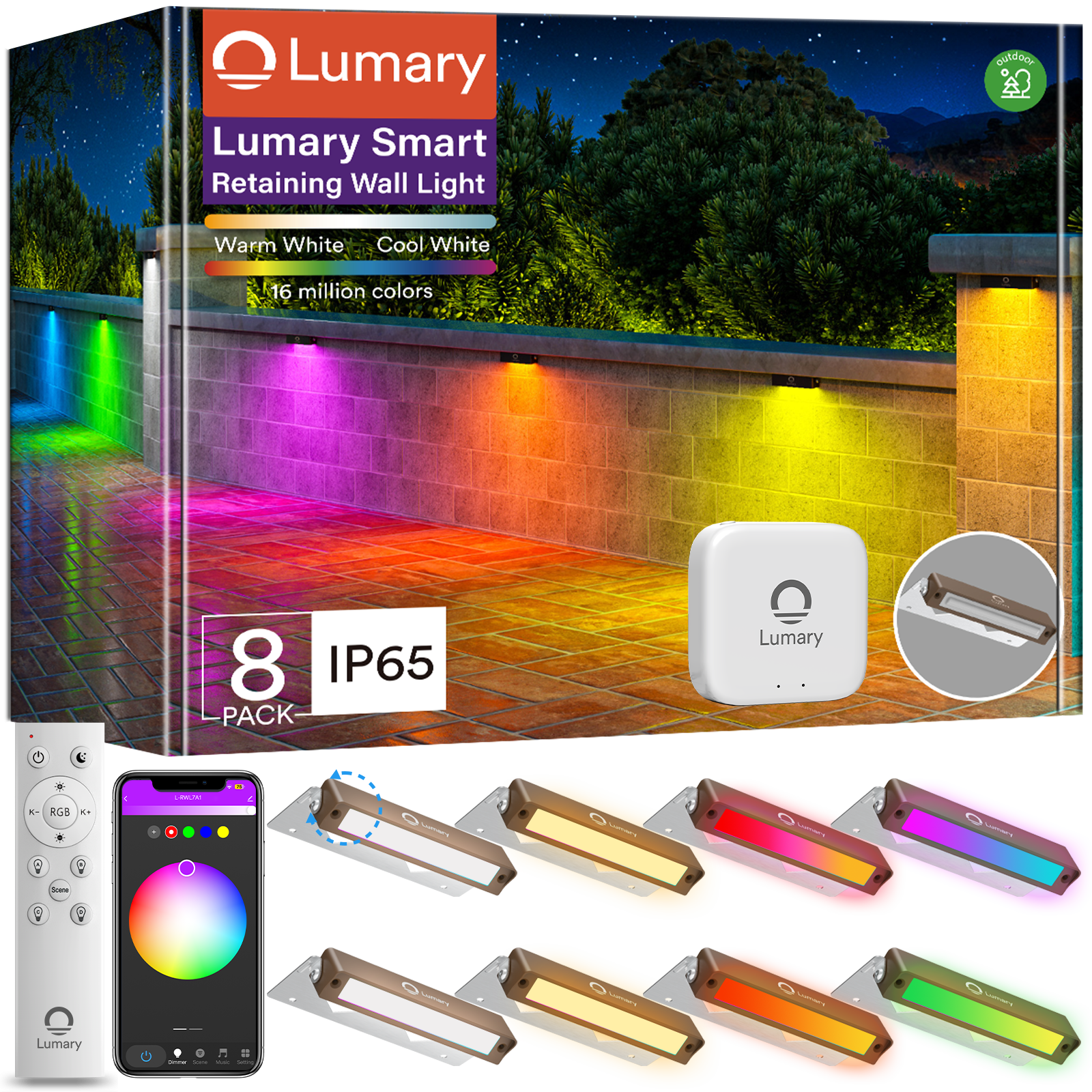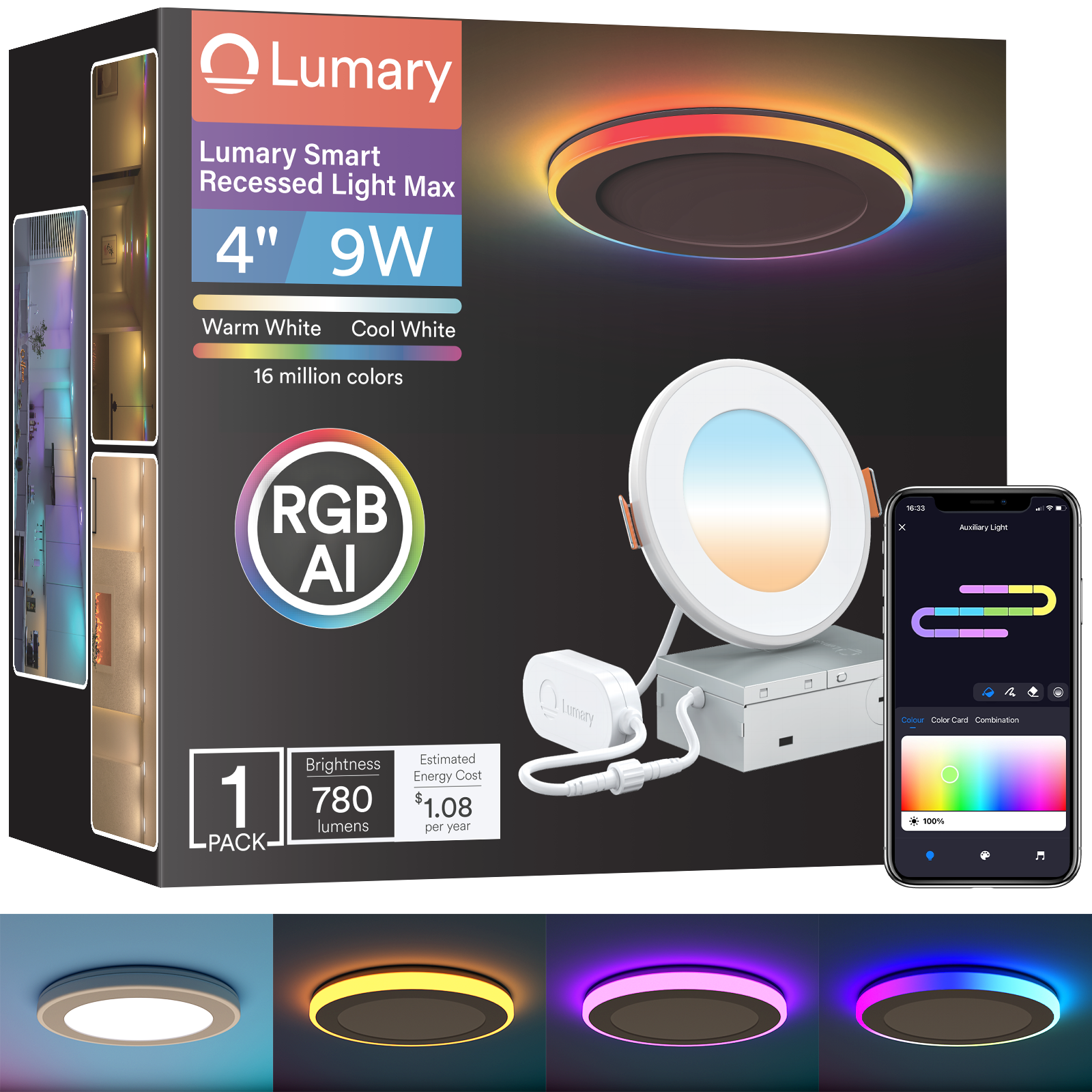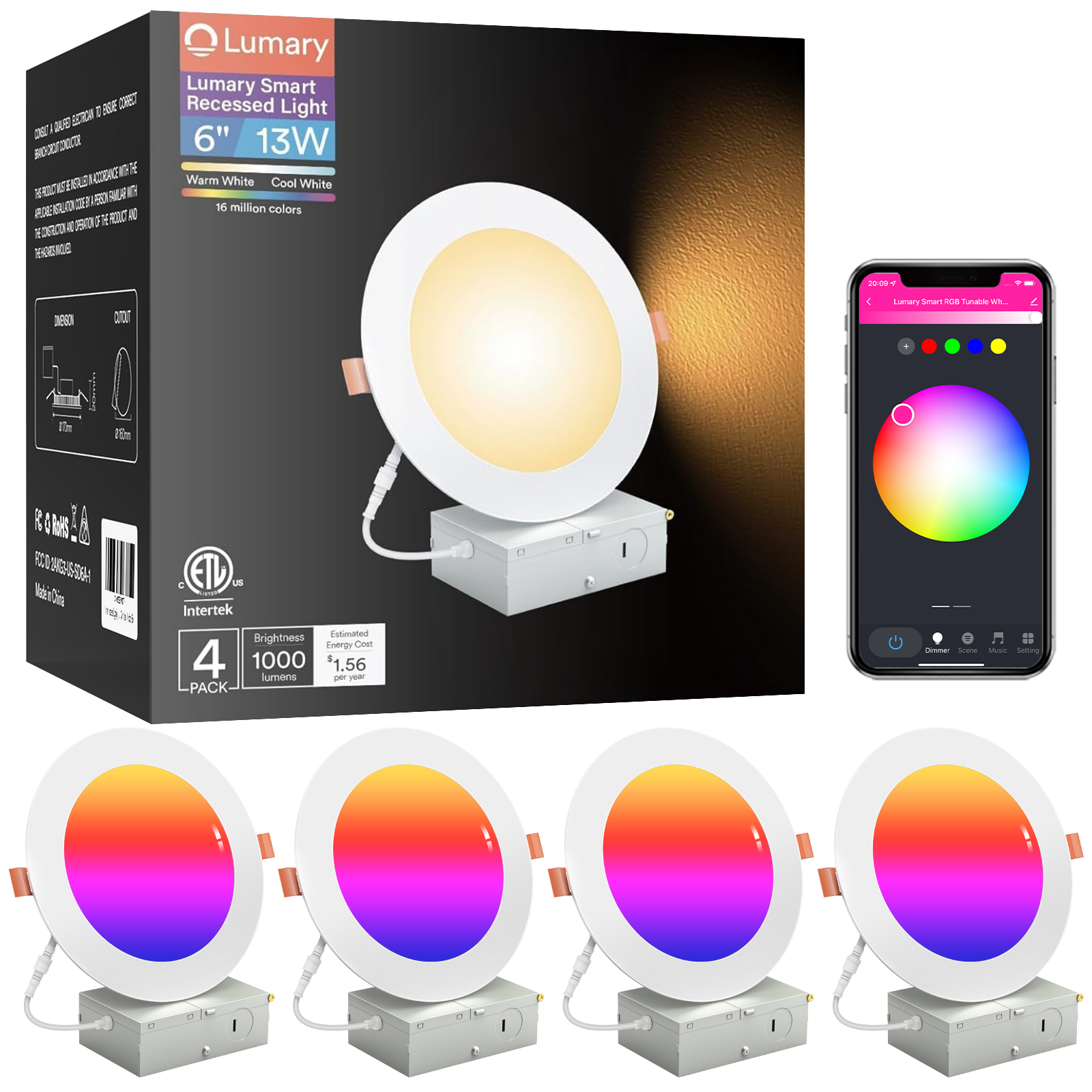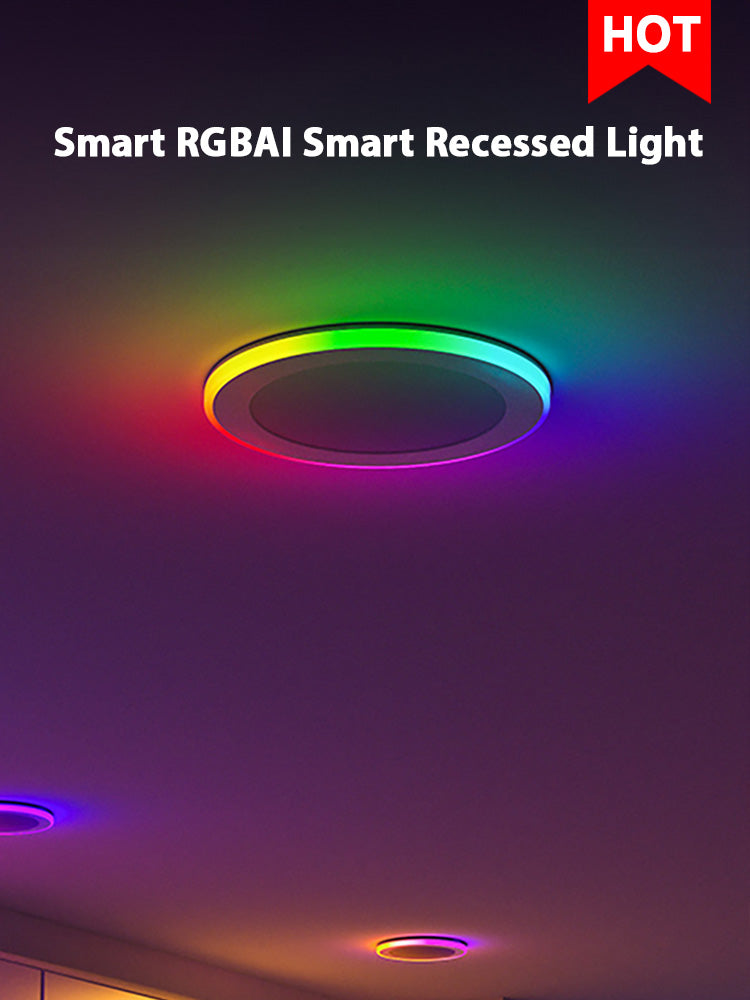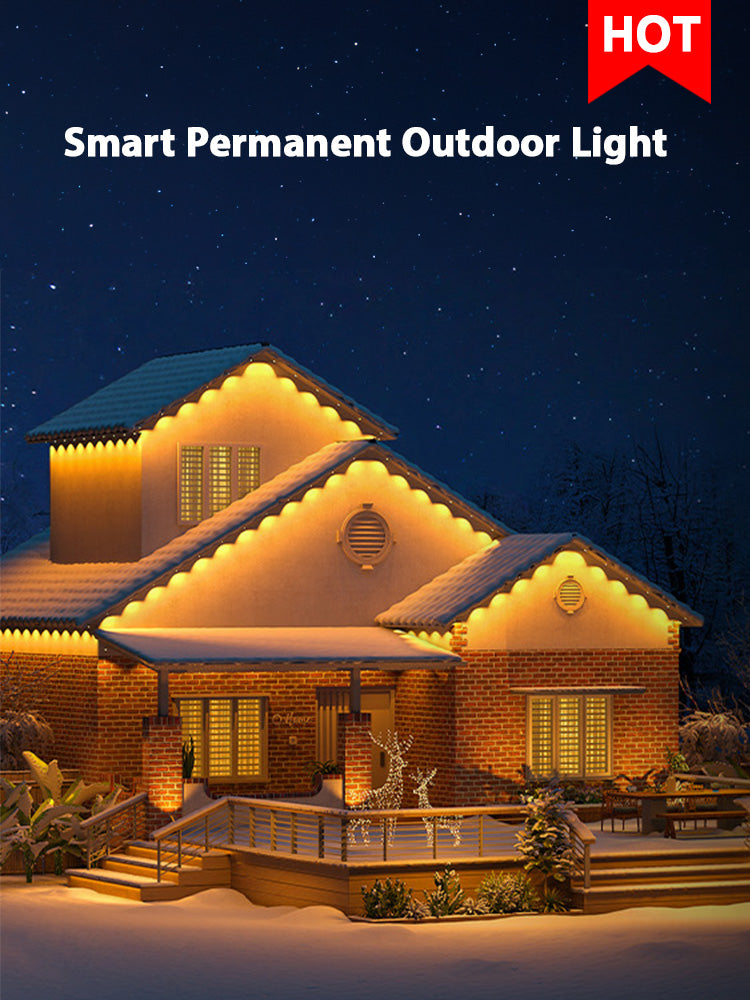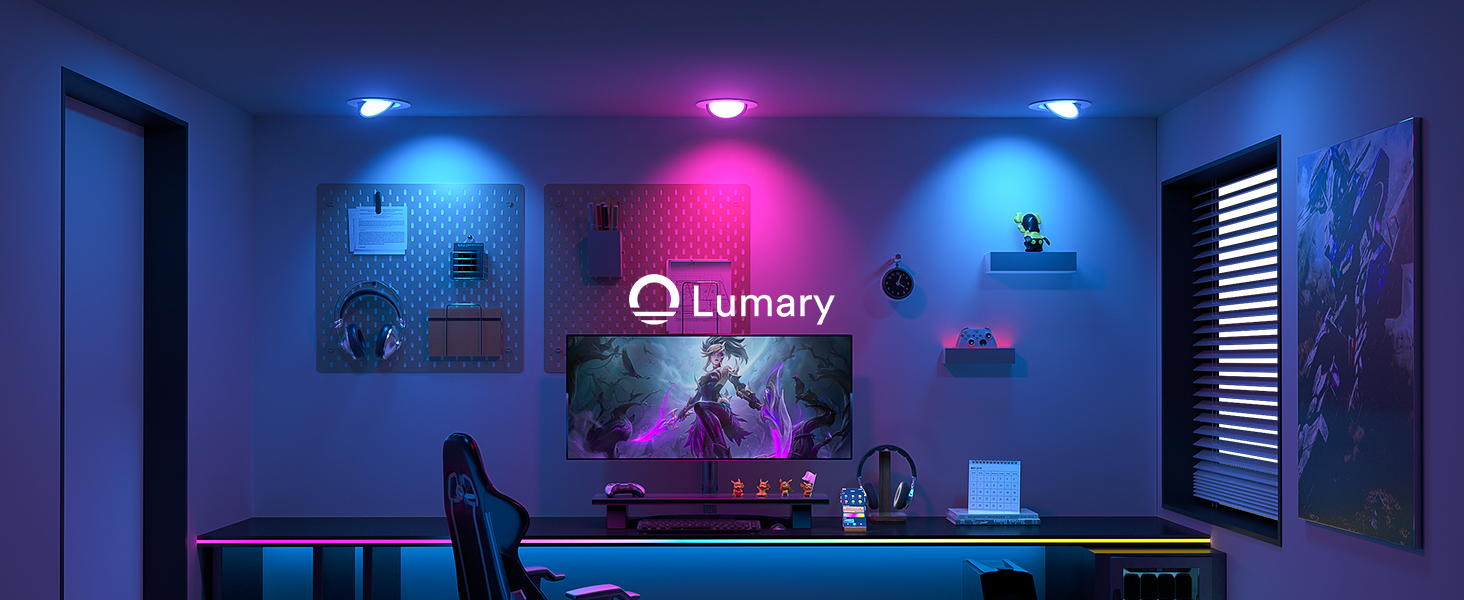Transforming your outdoor space starts with choosing the right lighting. LED lights for outside house use are a game-changer. They consume up to 80% less energy than traditional bulbs, saving you money while reducing your carbon footprint. Plus, their durability means fewer replacements and less maintenance. You’ll love how they’re safer too, generating little heat. Whether you’re lighting up pathways or creating a cozy patio vibe, outdoor LED lighting offers unmatched efficiency and style. Ready to find the best LED lights for your space? Let’s dive in!

Key Takeaways
-
LED lights save energy and money. They use much less power than regular bulbs, cutting your bills and helping the environment.
-
Check your outdoor space before picking lights. Measure areas and find spots like walkways and patios to make sure they are well-lit.
-
Mix useful and pretty lighting. Use bright lights for safety and softer ones to make the space feel warm and inviting.
-
Pick strong fixtures with a good IP rating. Choose materials that can handle bad weather to last longer and work well.
-
Take care of your lights often. Clean them, check for problems, and change bulbs when needed to keep them working great.
Identifying Your Outdoor Lighting Needs
Assessing Your Space
Measuring areas for proper light coverage
Start by measuring the areas you want to illuminate. This step ensures you achieve proper light coverage without leaving dark spots or over-lighting certain zones. Use a tape measure to calculate the dimensions of pathways, patios, and gardens. Once you know the size of each area, you can determine the brightness needed in lumens for effective outdoor lighting.
Identifying zones like pathways, patios, and gardens
Think about the specific zones in your outdoor space. Pathways need practical outdoor lighting for safe navigation, while patios benefit from softer, ambient patio lighting to create a cozy atmosphere. Gardens, on the other hand, shine with landscape lighting that highlights plants and decorative features. Identifying these zones helps you choose the right fixtures for each area.
Tip: Consider the range of color choices and energy efficiency when selecting LED lights for outside house use. This ensures your lighting is both functional and cost-effective.
Defining the Purpose of Your Outdoor LED Lighting
Functional lighting for safety and visibility
Functional outdoor lighting focuses on safety and practicality. Path lighting ensures safe movement along walkways, while floodlights provide security by illuminating large areas. Step lighting is another great option for improving visibility on stairs and decks.
Decorative lighting for ambiance and style
Decorative outdoor LED lighting transforms your space into an inviting haven. String lights add a whimsical touch to gatherings, while wall washing highlights textures and creates a warm ambiance. Landscape lighting showcases the beauty of your garden, making it perfect for special occasions or everyday enjoyment.
Note: Combining functional and decorative lighting creates a successful lighting project that balances safety and style.
Considering Environmental Factors
Weather resistance and durability
Outdoor lights face harsh conditions like rain, wind, and extreme temperatures. Look for fixtures with a high IP rating, such as IP65 or higher, to ensure durability. Materials like stainless steel or UV-resistant plastics also enhance longevity.
|
Feature/Material |
Description |
|---|---|
|
IP Rating |
A minimum IP65 rating ensures dust-tight and water-resistant capabilities. |
|
Higher IP Ratings |
IP67-rated lights can withstand heavy rain, snow, and temperatures from -4°F to 140°F. |
|
Materials |
Stainless steel resists rust, while UV-resistant plastics prevent fading under sunlight. |
Compatibility with existing outdoor features
Your lighting should complement your outdoor setup. For example, choose fixtures that match your home’s exterior design or blend seamlessly with your garden’s layout. Smart lighting options, like app-controlled or voice-activated systems, can also integrate with your existing smart home devices for added convenience.
Pro Tip: Avoid common mistakes like improper placement or neglecting maintenance. A detailed lighting plan and regular inspections keep your outdoor lighting in top shape.
Understanding LED Light Features
Brightness and Lumens for Outdoor LED Lighting
Choosing the right brightness for different areas
Getting the right brightness for your outdoor lighting is key to creating a functional and inviting space. Each area has specific lumen requirements to ensure proper illumination. For example, step lights need only 12-100 lumens, while floodlights require 700-1300 lumens for broader coverage. Here's a quick guide to help you decide:
|
Outdoor Area |
Recommended Lumens |
|---|---|
|
Step lights |
12-100 lumens |
|
Hardscape lights |
50-185 lumens |
|
Landscape lights |
50-300 lumens |
|
Path lights |
100-200 lumens |
|
Landscape spotlights |
120 lumens |
|
Lamp posts |
120-180 lumens |
|
Pond/pool lights |
200-400 lumens |
|
Motion sensor lights |
300-700 lumens |
|
Flood lights |
700-1300 lumens |
Use this table as a reference to avoid under-lighting or over-illumination. Proper brightness ensures safety and enhances the beauty of your outdoor space.
Avoiding over-illumination or under-lighting
Too much light can feel harsh, while too little leaves areas unsafe. Stick to the recommended lumens for each zone. For instance, use 100-200 lumens for pathways to ensure visibility without overwhelming the area. Balance is everything when it comes to outdoor led lighting.
Color Temperature and Mood
Warm white vs. cool white for different atmospheres
The color temperature of your lights sets the mood for your outdoor space. Warm white lights (2,000K–3,000K) create a cozy, inviting atmosphere, perfect for patios or entertaining areas. Cool white lights (4,000K–6,000K) enhance visibility, making them ideal for security or task lighting. Here's a breakdown:
|
Light Type |
Advantages |
Disadvantages |
|---|---|---|
|
Warm White (2,000K – 3,000K) |
- Creates a cozy and inviting atmosphere, ideal for entertaining. |
- May not provide optimal visibility for tasks or security. |
|
|
- Enhances the beauty of architectural elements. |
- Less suitable for areas requiring alertness and focus. |
|
Cool White (4,000K – 6,000K) |
- Offers enhanced visibility, ideal for security and task-oriented lighting. |
- May feel stark or clinical in certain contexts. |
|
|
- Evokes freshness and alertness, suitable for workspaces. |
- Overly cool lighting can appear harsh and unwelcoming. |
Choose warm white for ambiance and cool white for functionality. Mixing both can create a balanced lighting design.

Using outdoor LED strip lights for dynamic effects
Outdoor LED strip lights are a versatile option for adding flair to your space. Use them under railings, along pathways, or around garden beds for a modern touch. These led strips can emit various colors, letting you customize the mood for any occasion. Whether you're hosting a party or enjoying a quiet evening, outdoor LED strip lights can transform your space.
Design and Style Options
String lights, spotlights, and floodlights
Outdoor lighting comes in many styles to suit your needs. String lights add a whimsical charm, perfect for patios or pergolas. LED spotlights highlight specific features like trees or statues, while floodlights provide broad illumination for driveways or large areas.
Matching lighting styles to your home’s exterior
Your lighting should complement your home’s design. For a modern look, choose sleek led strips or minimalist fixtures. Traditional homes pair well with lantern-style lights or warm string lights. Matching the style ensures your outdoor lighting feels cohesive and enhances your home’s curb appeal.
Pro Tip: Layer your lighting by combining task, ambient, and accent lights. This approach improves functionality and creates a visually stunning outdoor space.
Installation and Maintenance Tips
DIY vs. Professional Installation
When to consider hiring a professional
Sometimes, it’s best to leave outdoor lighting installation to the pros. If your project involves complex wiring or large-scale setups, a professional ensures everything is done safely and efficiently. They bring expertise to the table, helping you avoid costly mistakes. Professionals can also offer design advice and access to high-quality materials. However, hiring a professional can be pricey, and you might need to wait for their availability.
Tools and skills needed for DIY installation
If you’re tackling a smaller project, DIY installation can be a rewarding option. You’ll need basic tools like a screwdriver, wire cutters, and a voltage tester. A good understanding of electrical components is essential. Start with simple tasks, like installing outdoor wall lights, to build confidence. Proper planning is key to avoid mistakes that could lead to safety issues. Research thoroughly before beginning, and don’t hesitate to ask for help if needed.
Ensuring Safety During Installation
Proper wiring and waterproofing
Safety should always come first. Turn off the power at the circuit breaker before starting any work. Use waterproof connectors and ensure all wiring is sealed to prevent water damage. Choose LED products with an IP65 rating or higher for outdoor use. This protects against dust and water, keeping your lights safe and functional.
Avoiding common installation mistakes
Avoid rushing through the installation process. Exposed wires, overloaded circuits, and improper placement are common mistakes that can lead to serious problems. Take your time to understand the electrical requirements of your outdoor LED lighting. Double-check all connections and test the system before finalizing the setup.
Maintaining Your LED Lights for Outside House
Cleaning and inspecting for damage
Regular maintenance keeps your outdoor lighting in top shape. Clean fixtures with a soft cloth or brush to remove dirt and debris. Avoid abrasive materials that could scratch the surface. Inspect for signs of damage, like cracks or moisture inside the fixtures. Trim nearby plants to ensure clear illumination and prevent blockages.
Replacing bulbs and components as needed
LED bulbs last a long time, but they’ll eventually need replacing. Swap out faulty bulbs promptly to maintain consistent lighting. Check seals and waterproofing regularly to prevent leaks. Seasonal maintenance, like clearing snow in winter or removing leaves in fall, helps extend the lifespan of your lights.
Pro Tip: Regular inspections and cleaning prevent small issues from turning into big problems. A little effort goes a long way in keeping your outdoor LED lighting looking great and working efficiently.
Budgeting and Purchasing Advice
Setting a Realistic Budget for the Best LED Lights
Balancing quality and affordability
When setting your budget for outdoor lighting, focus on balancing quality with affordability. High-quality LED lights for outside house use may have a higher upfront cost, but they often save you money in the long run. Consider factors like brightness, color temperature, and durability. For example:
-
Brightness: Choose the right lumens for your space to avoid overpaying for unnecessary brightness.
-
Color Temperature: Pick a temperature that suits your ambiance needs, whether it’s warm for patio lighting or cool for security.
-
Durability: Look for lights with a high IP rating to ensure they withstand harsh weather.
Spending a little more on durable, energy-efficient lights can save you from frequent replacements and maintenance costs.
Factoring in long-term energy savings
Switching to outdoor LED lighting offers significant long-term savings. LEDs use up to 90% less power than traditional bulbs, cutting down your electricity bills. Their long lifespan—up to 25,000 hours—means fewer replacements, reducing costs further. Here’s how it adds up:
-
Households can save around $100 annually by switching to LEDs.
-
Businesses might see savings of 60-70% each year.
-
Fewer replacements mean lower maintenance expenses over time.
Investing in the best LED lights now can lead to substantial savings later.
Where to Buy Outdoor LED Lighting
Online vs. in-store options
When you’re ready to buy outdoor lighting, you’ll find options both online and in-store. Online shopping offers convenience and often better prices. Many platforms also have flexible return policies, making it easy to exchange products. However, some online sellers may lack expertise, and quality can vary. In-store shopping lets you see the products firsthand and get advice from knowledgeable staff.
Checking reviews and ratings for reliability
Before purchasing, check reviews and ratings to ensure you’re getting reliable outdoor lighting. Look for:
-
Energy Efficiency: High lumens per watt ratings.
-
Durability: Products with high IP ratings for weather resistance.
-
Certifications: Energy Star or DLC certifications for quality assurance.
-
Brightness and Color Temperature: Ensure the product meets your specific needs.
Reviews can help you avoid low-quality products and make informed decisions.
Evaluating Product Quality
Looking for certifications and warranties
Certifications and warranties are key indicators of quality. Look for:
|
Certification |
Description |
|---|---|
|
Energy Star |
Guarantees energy efficiency and product reliability. |
|
DLC Certification |
Indicates high-quality and efficient lighting products, marking sustainability. |
A good warranty protects your investment and ensures peace of mind.
Avoiding counterfeit or low-quality products
Counterfeit products can lead to poor performance and wasted money. Watch out for:
-
Low-end chips that reduce brightness and lifespan.
-
False labeling of specifications.
-
Poor heat dissipation, which causes LEDs to age faster.
-
Inferior materials that corrode easily.
Stick to reputable brands and sellers to avoid these pitfalls.
Tip: Always verify product details and certifications before making a purchase.
Choosing the right outdoor lighting can completely transform your space. By identifying your needs, understanding LED features, and planning your installation and budget, you can create a functional and beautiful environment. LED lights reduce energy use by up to 90%, last longer, and require less maintenance, making them a smart investment for any homeowner.
For a versatile and durable option, consider the Lumary Smart RGBAI Landscape Lights Pro. These lights offer customizable colors, advanced features, and weather resistance, perfect for enhancing your outdoor lighting setup. Take the first step today and turn your outdoor space into a stunning, inviting haven!
FAQ
What is the best type of outdoor lighting for pathways?
Pathway lights with 100-200 lumens work best. They provide enough brightness for safe navigation without overwhelming the area. Solar-powered or low-voltage LED options are great choices for energy efficiency and easy installation.
How do I make my outdoor lighting more energy-efficient?
Switch to LED lights. They use up to 90% less energy than traditional bulbs. You can also install motion sensors or timers to ensure lights only stay on when needed.
Can outdoor lighting withstand harsh weather?
Yes, if you choose fixtures with a high IP rating, like IP65 or higher. These lights resist water, dust, and extreme temperatures, making them perfect for year-round use.
How do I maintain my outdoor lighting?
Clean the fixtures regularly with a soft cloth to remove dirt. Inspect for damage, like cracks or moisture, and replace faulty bulbs promptly. Seasonal maintenance, like clearing snow or leaves, keeps your lights in top shape.
What’s the difference between warm white and cool white lighting?
Warm white (2,000K–3,000K) creates a cozy, inviting vibe, ideal for patios. Cool white (4,000K–6,000K) enhances visibility, making it better for security or task lighting. Mixing both can balance ambiance and functionality.

